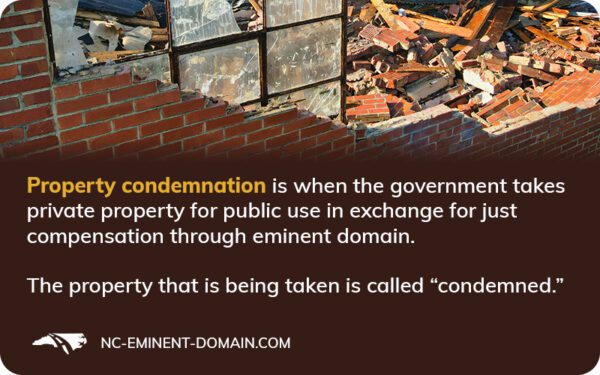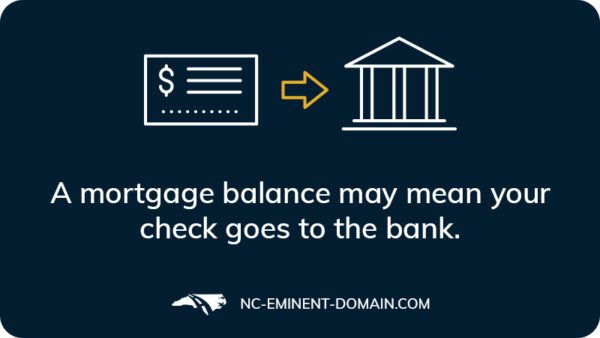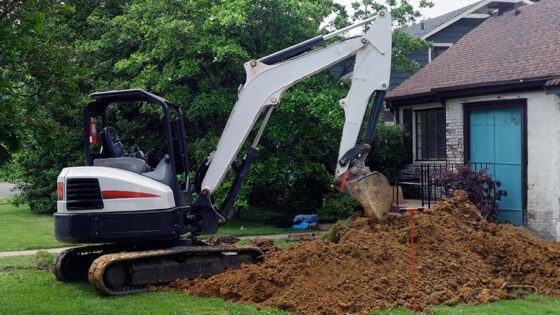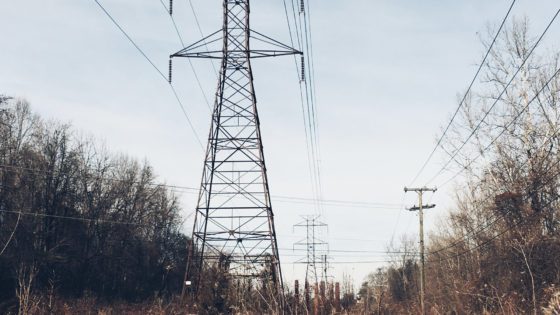Could refinancing your home determine whether you get the proceeds from your property condemnation – or your mortgage company does?
We’ll discuss how refinancing could be a solution that makes everyone happy. First, let’s clarify what it means when your property has been condemned through eminent domain.
What is condemnation of property?
Property condemnation is when the government takes private property for public use in exchange for just compensation through eminent domain. The property that is being taken is called “condemned.”

Here are the steps in the condemnation of property and eminent domain process:
- A government entity or another condemning authority decides that it needs your land for a public project, such as building a drainage easement or widening a road.
- Once the government has targeted your land, it will appraise the property and then make you an offer (which will probably be too low).
- You have the opportunity to negotiate for a better offer based on what you and your attorney determine is just compensation and the fair market value of your land.
- If you can’t reach a settlement, the government will provide you with a notice of taking. It will then file a condemnation of property lawsuit against you, take your property, and deposit what they consider just compensation for it with the County Clerk.
Property owners who receive an offer from the government should seek the help of an attorney to avoid accidentally waiving their right to negotiate and to try to ensure they receive everything they may deserve. For land owners with mortgages on their property, there can be an additional worry even if they receive maximum compensation – the terms of their loan.
A mortgage balance may mean your check goes to the bank

Some property owners have no issue with this clause. They reason, the banks did loan them the money and the money is going toward paying down the remaining loan. Other property owners, however, find that they are hit twice by eminent domain – once when their property is taken and again when the EMD proceeds are sent straight to the bank! This can be especially painful for those counting on using that money to help repair any property damage caused during construction.
Example:
Let’s say you’re a homeowner and the NCDOT cut down all the trees between your home and the new road it built. The state paid you $10,000 for using the right-of-way on your property. You want to use that $10,000 to add a privacy fence or landscaping to gain back some bit of privacy. Yet you still owe $40,000 on your home to the bank. If your Deed of Trust requires condemnation proceeds to be paid to the bank, you’re left with few options. Your $10,000 may be headed directly to the bank!
Fortunately, it’s been our experience that mortgage holders are generally willing to work with property owners to find a compromise that helps keep everyone happy. This must be worked out between the mortgage holder and the property owner on a case-by-case basis, as every property’s situation is unique.
Yet we have also seen situations in which the mortgage holder and property owner are unable to come to an agreement. In these instances, we have recommended the owner look into refinancing the mortgage after condemnation has occurred.
The refinancing strategy
To explain why we might recommend refinancing, it’s important to understand how the condemnation process works.
On the date the condemning agency uses the power of eminent domain and files condemnation, the property needed for the project is legally transferred to the condemning agency. This means that any new loan taken out on the property afterward would only cover the property left after the taking.
By refinancing the mortgage, the original mortgage holder is typically paid off by the new mortgage holder. Additionally, the new mortgage only covers the land remaining after the condemnation. This leaves the condemnation money available for the property owner to use as they would like. Of course, for this method to be a win-win for the property owner, the interest rate of the new mortgage versus the existing mortgage (and other costs of refinancing) should be considered when deciding how to move forward.
Invaluable guidance from former NCDOT insiders
Refinancing is just one of the many little-known work-arounds our attorneys have learned over the years. Four of our attorneys, Stan Abrams, Jason Campbell, Ken Sack, and Kevin Mahoney previously worked as Assistant Attorneys General for the North Carolina Department of Justice representing the NCDOT in condemnation matters. They’ve helped clients all across North Carolina explore the many options available.
Don’t assume you don’t have options. You do! Lots of them. Just give us a call at 1-877-393-4990, or click here for a free case evaluation to see if we can help explore your options.



